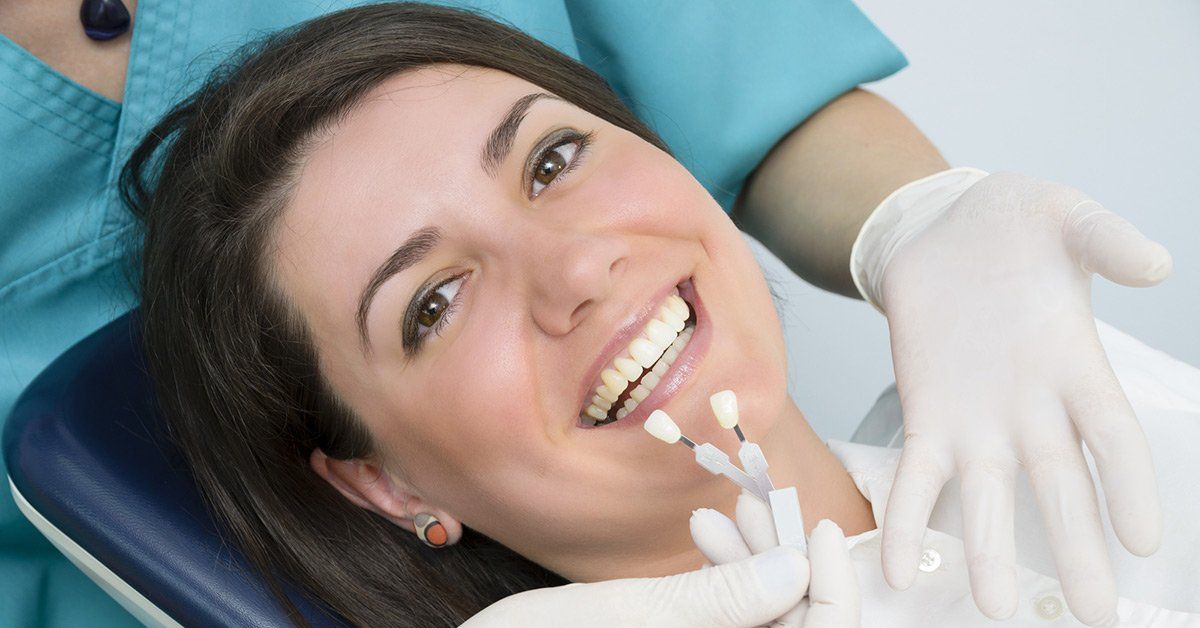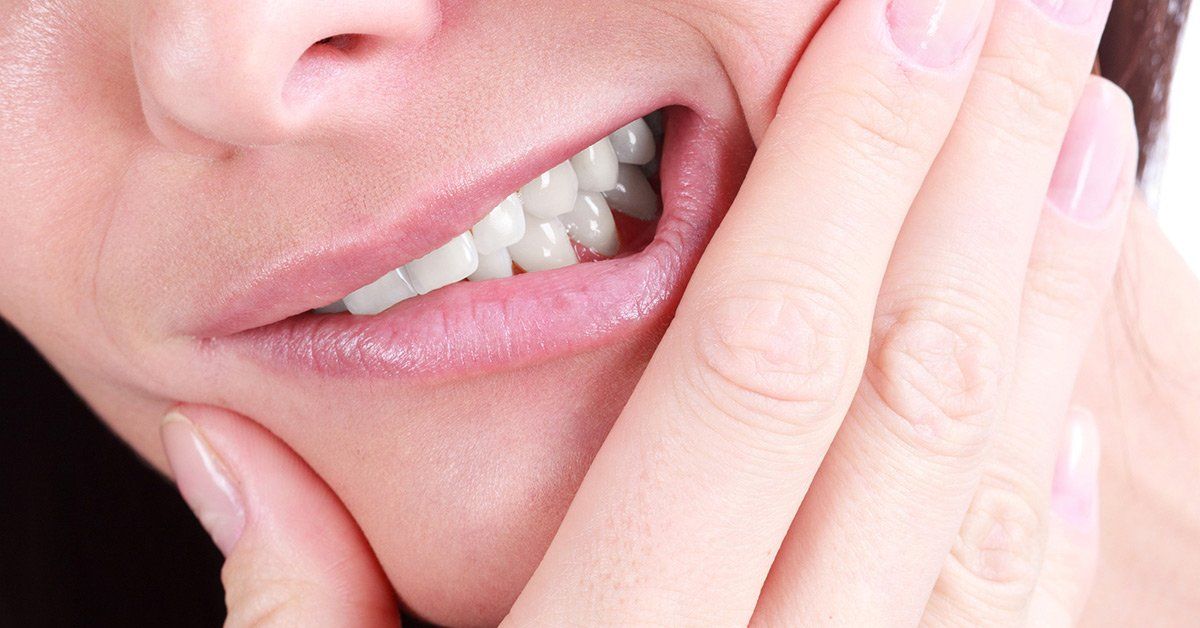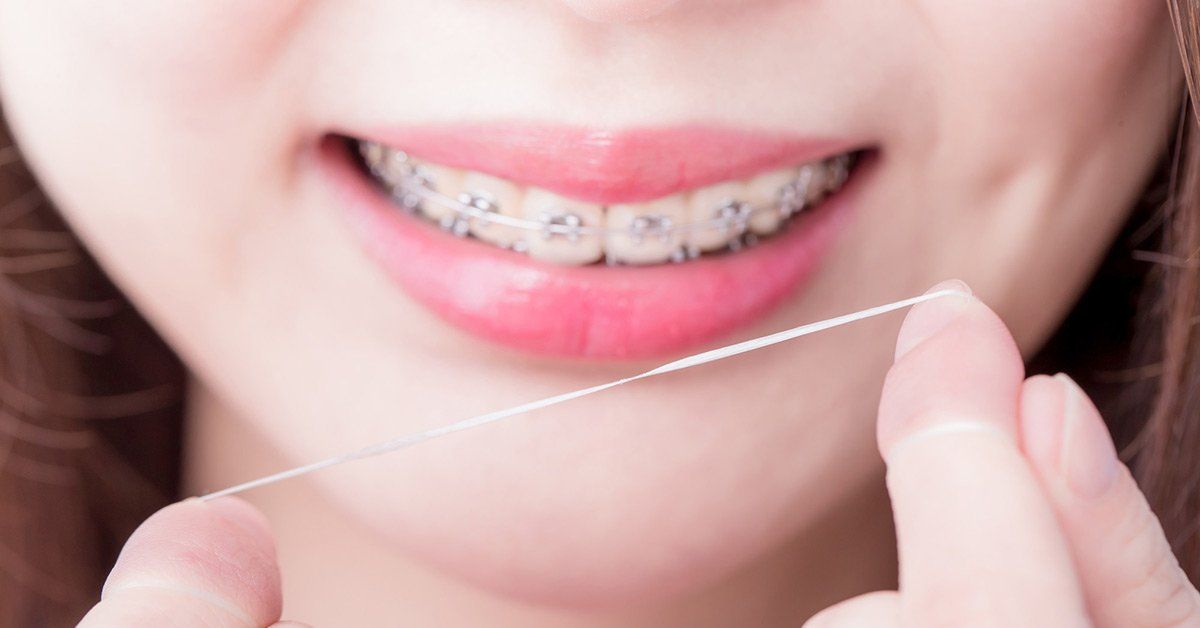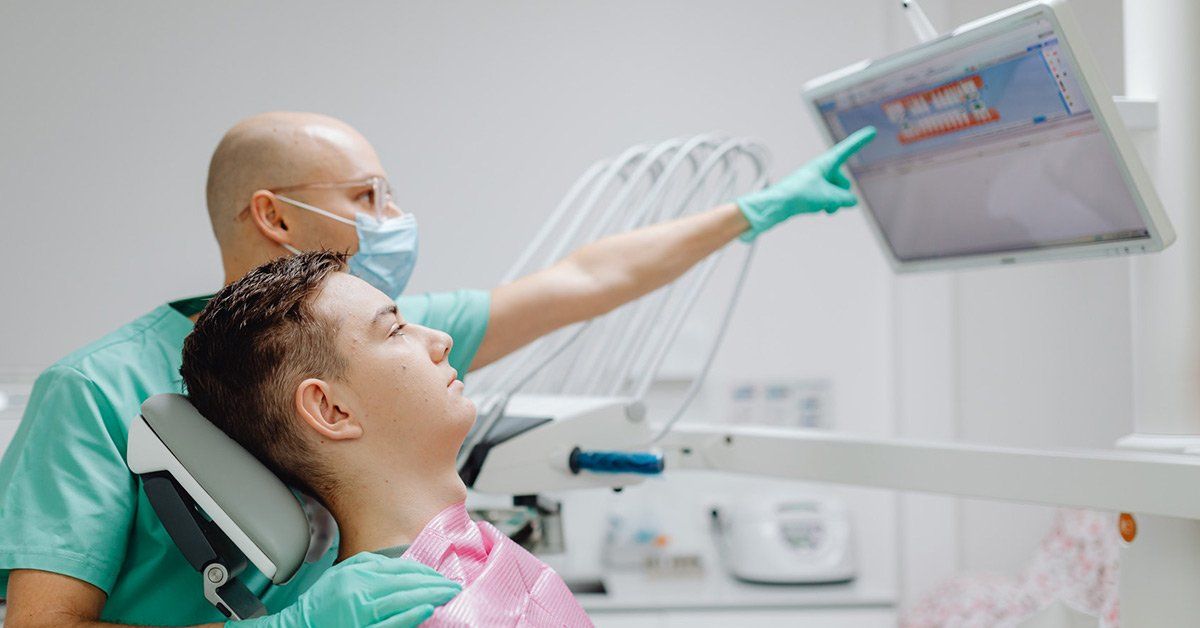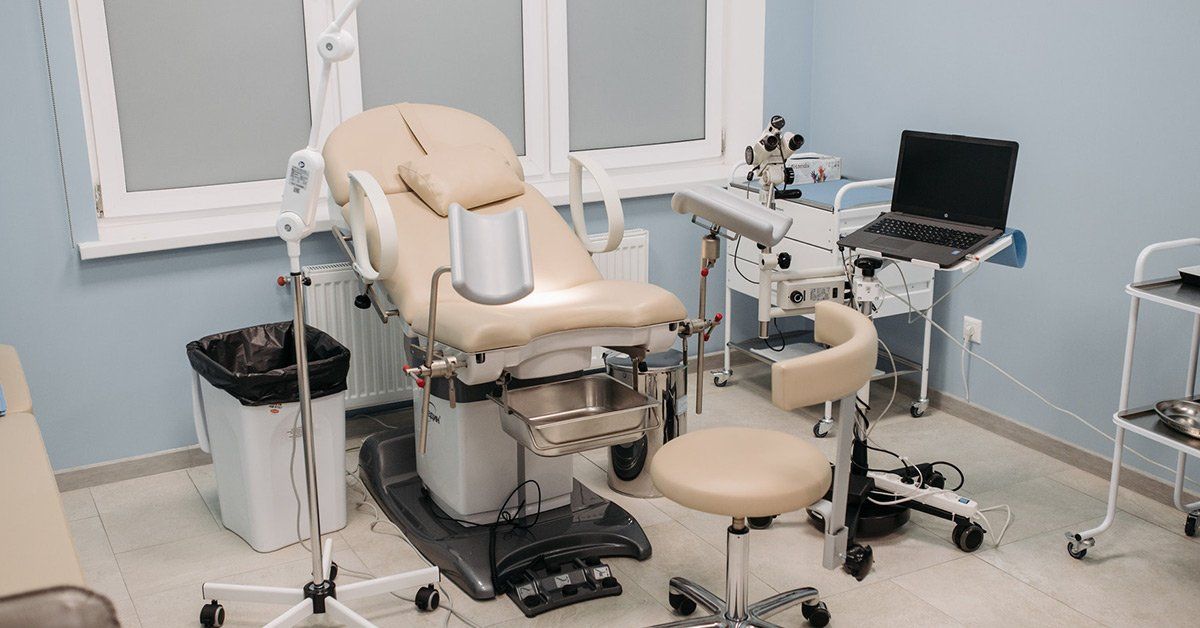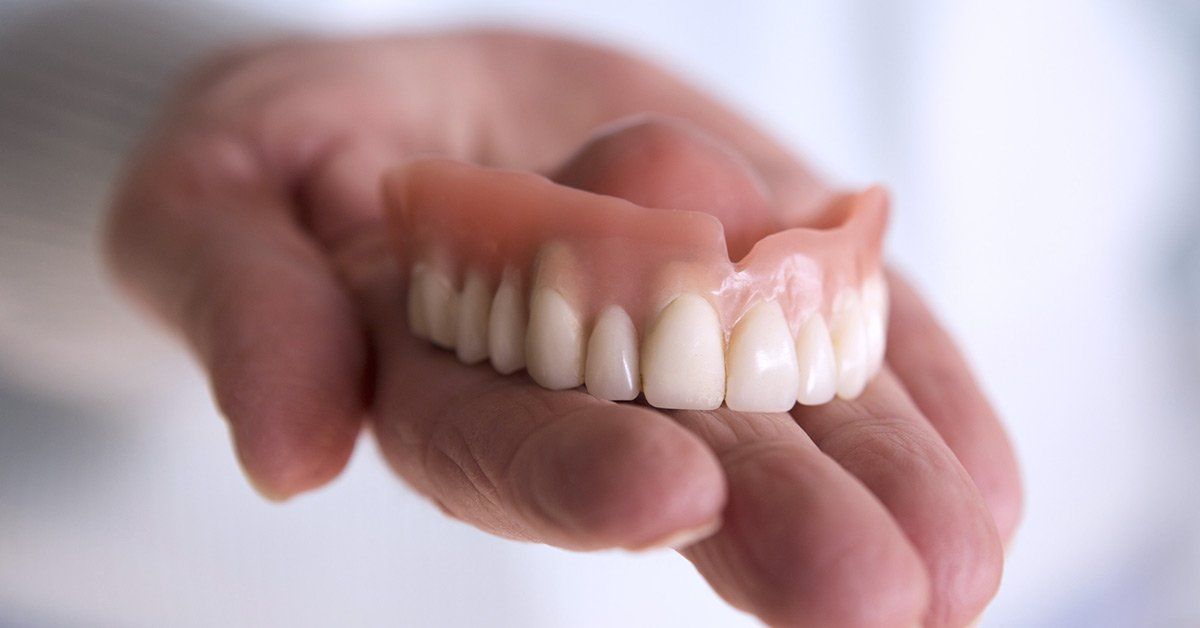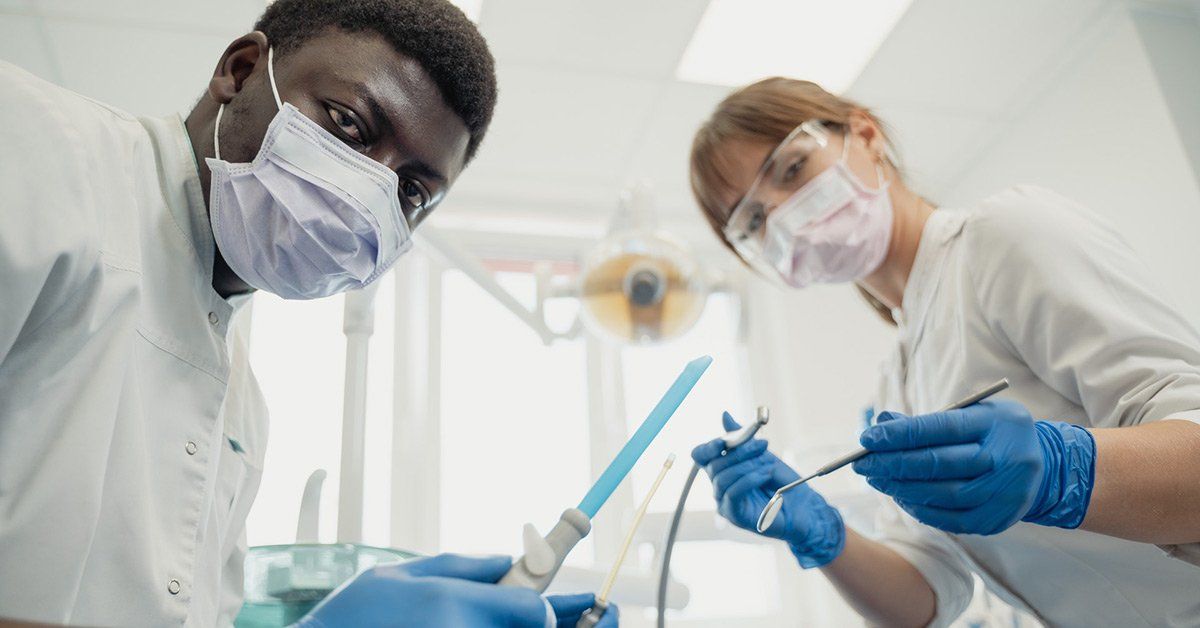Nature's Symphony
The Different Types of Dentures, Explained

If you're looking to get dentures fitted, the choice of different types and materials can sometimes feel overwhelming. From complete dentures to partial dentures, it's important to understand which type of denture is best suited to your needs.
But first, let's quickly cover what are dentures and why you might need them?
Dentures are a great solution for missing teeth. They are made from synthetic materials and fitted to precise impressions of your mouth. They closely resemble natural teeth and are often mistaken for them.
Now, let's explore the different types of dentures available to help you identify which might be right for you.
Complete Dentures
Overdentures
Fixed Partial Dentures
Removable Partial Dentures
Snap-In Dentures
Another option for dentures is snap-in dentures. Snap-in dentures are popular because they allow for lots of stability of your dental implants. They are most commonly chosen for patients who do not have any teeth remaining but still have enough bone to support the dentures.
Snap-in dentures are held securely in the mouth thanks to attachments embedded within the tissue side of the denture. These attachments snap onto the implants, hence the name 'snap-in dentures'. Like removable partial dentures, these can be removed from the mouth and placed back in it with ease.
Remember, if you're unsure of which are the best dentures to opt for, your dentist can help you to make an informed decision.
Immediate Dentures
The final type of denture we need to cover here is immediate dentures. As the name suggests, these dentures can be fitted the same day as the patient's teeth are removed. Unfortunately, they are not a viable option for all patients, however.
Traditional dentures require up to three months before they can be fitted, in order to allow the jawbone and gums to heal. Immediate dentures are not fitted to an individual's mouth, unlike other types of dentures.
It is possible to get an interim set of immediate dentures to be used before a permanent set can be created and worn. If you'd like to find out more about getting an interim set of immediate dentures, don't hesitate to ask your Catoosa dentist.
Those Are the Most Common Types of Dentures
Having covered the different types of dentures, you should now be in a better position to understand which option is best for you.
Don't forget that our specialist dental team can help you make a decision if you have any other questions or concerns.
Contact us here or use our convenient online appointment system to choose a suitable time for a consultation.
Your smile deserves the best
Harmony Family Dentistry
Office Hours:
Monday-Friday:
8:00am - 5:00pm
Links
Our Office
360-841-7677
All Rights Reserved | Harmony Family Dentistry
Website maintained by Xpress, INC




